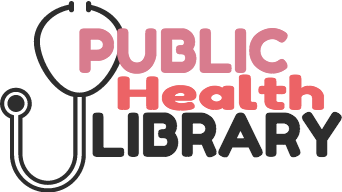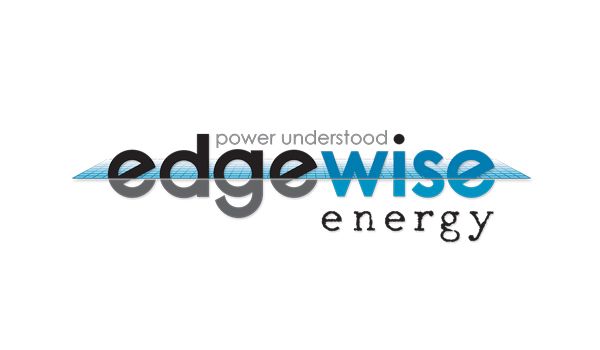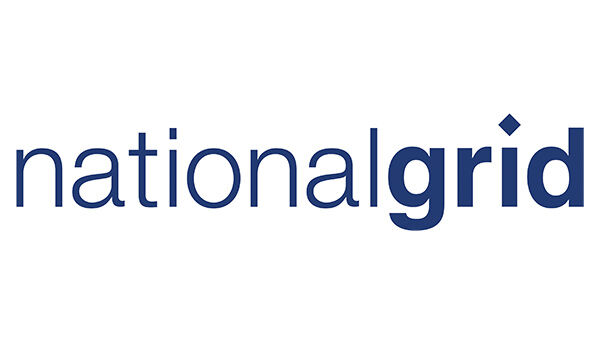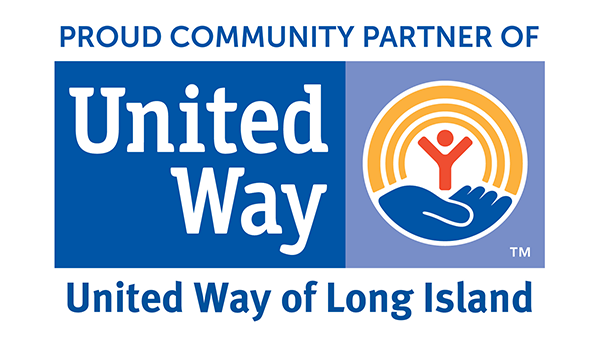 One summer danger that can be incredibly serious – and potentially deadly – is heatstroke. The elderly must pay closer attention to what their bodies are telling them and take extra precautions when out in the sun, as they are much more likely to develop heatstroke. Here’s a quick primer on heatstroke and how you or your loved one can prevent it.
One summer danger that can be incredibly serious – and potentially deadly – is heatstroke. The elderly must pay closer attention to what their bodies are telling them and take extra precautions when out in the sun, as they are much more likely to develop heatstroke. Here’s a quick primer on heatstroke and how you or your loved one can prevent it.
What is heatstroke?
Heatstroke is the most serious form of heat-related trauma that can affect your body (heatstroke evolves from heat cramps and heat exhaustion). Heatstroke occurs when your body severely overheats – usually defined as an internal temperature over 104 degrees. It’s typically spurred by being exposed to extreme heat (sun in the summer months), through vigorous physical exertion, or a combination of the two. Prolonged heatstroke can damage your brain and internal organs and can lead to death. The elderly are much more susceptible to heatstroke than younger people, as their bodies are worse at regulating temperature.
What are the signs?
If you pay attention to your body you can spot the signs of heat exhaustion creeping up on you and thus prevent yourself from developing full-on heatstroke. If you’re beginning to suffer the effects, you may feel dizzy, nauseous, and faint. You might get a headache and experience heavy sweating and cool, moist skin. When it begins to progress to heatstroke, you may begin to experience slurred speech and confusion, rapid breathing, and vomiting.
What to do if you being to experience these signs
What should you do if you feel like you’re succumbing to the heat? First, try to get somewhere cool. Anywhere with air conditioning works. You should take a cool bath or cover yourself in damp cloths. You should drink water – but not too fast. Slowly sip water past the point of just quenching your thirst. Lie down and elevate your legs – this will make it easier for blood to reach your heart. If your temperature is approaching 104 degrees or higher, you should seek medical attention immediately.
Ways to prevent heat injury
The saying “an ounce of prevention is worth a pound of cure” is especially apt when talking about heatstroke. You don’t want to get to the point where it’s as bad as described above. Here are some ways you can help prevent heat injury:
- Stay hydrated. Carry around a water bottle and drink even when you’re not feeling that thirsty. Thirst means that you’re already experiencing the effects of dehydration. Other liquids like juices, milk, and tea can also help you stay hydrated, but avoid beer and wine. Alcohol dehydrates you.
- Know how to dress. If you’re out in the sun, you should wear light, loose-fitting clothing preferably made of breathable materials or those that can help to wick moisture from your body, which is especially important on hot & humid days.
- Stay out of the sun on really hot days. Being an active senior and getting out in the sun to garden, ride your bike, or walk your dog is proven to make you a healthier person – but it’s not worth the risk on incredibly hot days. If you have responsibilities that require you to be outdoors, get someone else to help you do them. Hire a dog walker or ask a friend to water your lawn.
Seniors enjoying fun in the summertime can be safe and healthy, but not without taking the proper precautions. It’s vital that you know what heatstroke is, what its symptoms are, and what to do if you’re overheated.
* * *
 Steve Johnson is a health nut and wants to use his writing to make the world a healthier place. As co-creator of PublicHealthLibrary, he enjoys helping people find the health and medical information they need most.
Steve Johnson is a health nut and wants to use his writing to make the world a healthier place. As co-creator of PublicHealthLibrary, he enjoys helping people find the health and medical information they need most.





















